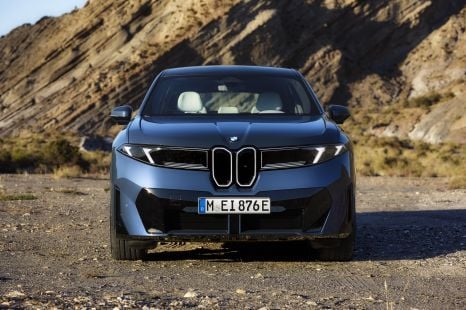

William Stopford
The CarExpert team's favourite reveals from the Munich motor show
5 Hours Ago
There’s finally a hybrid version of the Kia Carnival with way better fuel consumption than the old V6. But is it better than the diesel?
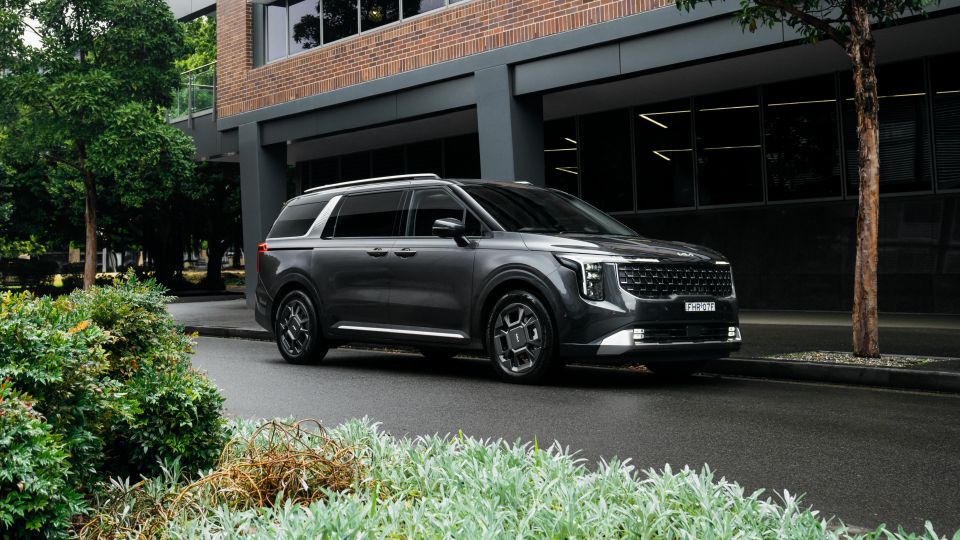


Quickly see how this car stacks up against its competition. Select any benchmark to see more details.
Where expert car reviews meet expert car buying – CarExpert gives you trusted advice, personalised service and real savings on your next new car.
The undisputed leader in the people-mover segment in Australia has just seen an important addition to its range.
Kia Australia has just added the new Carnival GT-Line Hybrid (HEV) as the flagship offering in the range.
It introduces a new petrol-electric hybrid powertrain to the eight-seat van, with considerably better fuel use than the existing V6 petrol version.
The catch? It’s only available in the top-spec, and the cost is a serious drawback. Not to mention the maintenance costs and considerations, which you’ll see detailed below.
Prices have gone up across the board for the Kia Carnival range, and this new range-topping GT-Line Hybrid model is the most expensive Carnival ever.
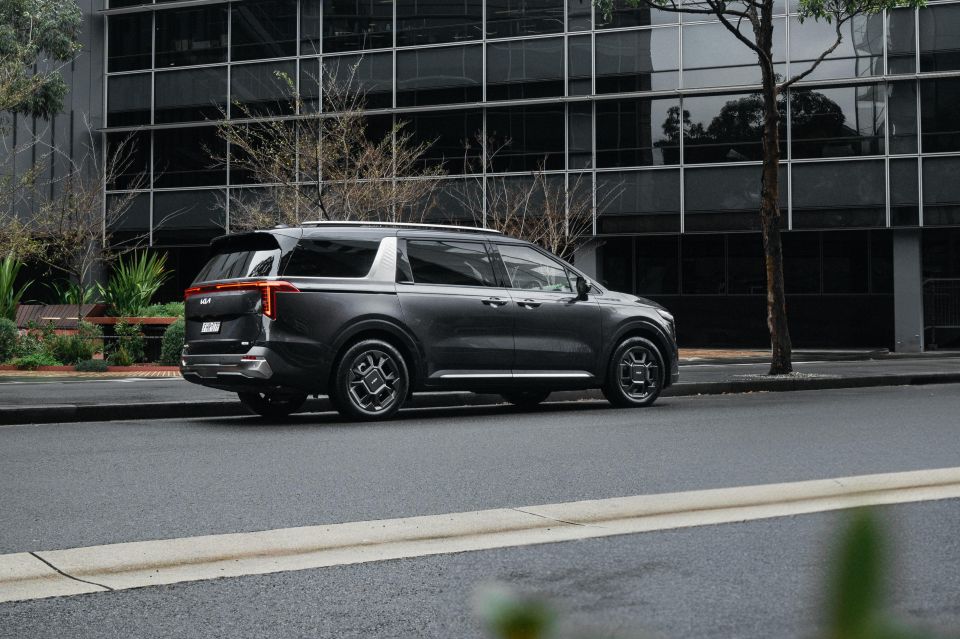
| Model | Price before on-road costs |
|---|---|
| 2025 Kia Carnival S V6 petrol | $50,15 |
| 2025 Kia Carnival S diesel | $52,380 |
| 2025 Kia Carnival Sport V6 petrol | $56,050 |
| 2025 Kia Carnival Sport diesel | $58,280 |
| 2025 Kia Carnival Sport+ V6 petrol | $62,380 |
| 2025 Kia Carnival Sport+ diesel | $64,410 |
| 2025 Kia Carnival GT-Line Lite V6 petrol | $66,350 |
| 2025 Kia Carnival GT-Line Lite diesel | $68,580 |
| 2025 Kia Carnival GT-Line V6 petrol | $70,680 |
| 2025 Kia Carnival GT-Line diesel | $72,910 |
| 2025 Kia Carnival GT-Line HEV | $76,210 |
To see how the Kia Carnival lines up against the competition, check out our comparison tool.
Buy your new car without the stress. It's fast, simple and completely free.

Great service from Travis and team, second time I have used this business would not hesitate to recommend them to anyone
Craig C.
Purchased a Ford Ranger in Sunshine Coast, QLD
CarExpert helped Craig save $7,224 on his Ford Ranger, now let us save you on your next new car.
Get your BEST priceBeing the GT-Line version of the Carnival, the cabin is an upmarket and well-considered space.
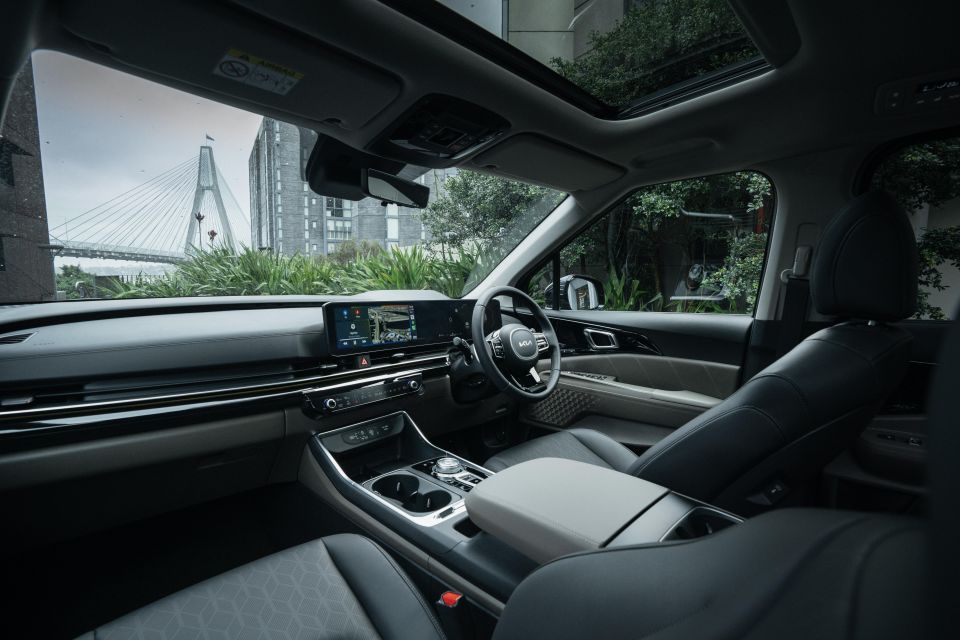
There’s a 12.3-inch touchscreen media system with wireless Apple CarPlay and Android Auto, Connected Services with over-the-air updates available, and faster USB-C charging capability than in the last model, as well as a 12.3-inch driver information screen in a shapely curved cockpit screen surround.
The menus and on-screen design look terrific, and while there are few buried menus here and there it is relatively easy to learn. For parents who want to just jump in and have their phone reconnect without thinking about it, the Carnival ticks that box.
There is also a Hybrid screen on the multimedia display that can show you some additional info about the powertrain (engine, battery, electric motor), and also give you fuel use data and advice.
Under the touchscreen there’s a panel that has dials for your climate control settings, but they can be switched to volume and tuning dials with a press of a touch-sensitive button. There are also an array of other touch-sensitive buttons which are simpler to use than you might think at first glance.
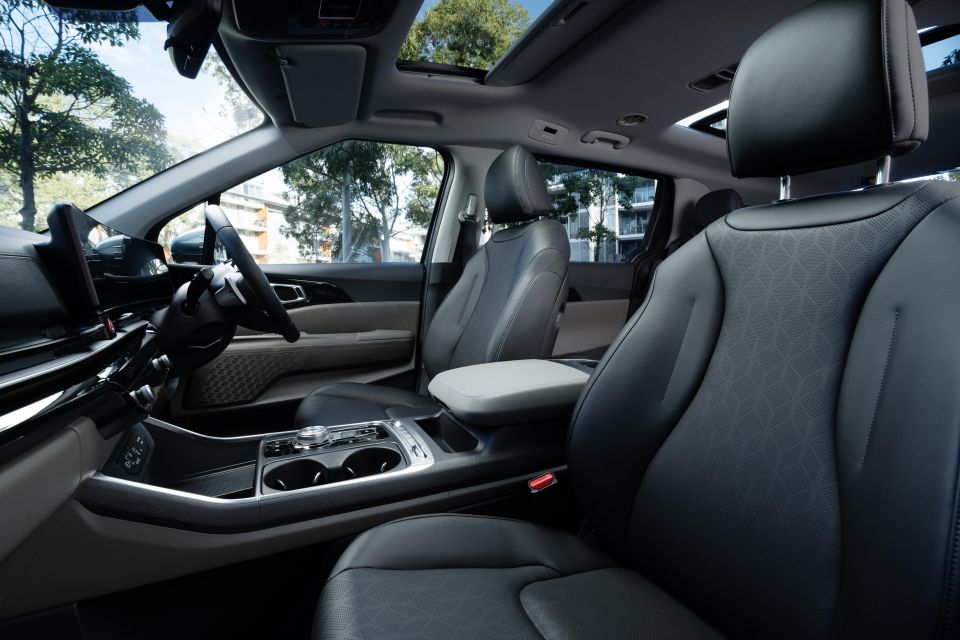

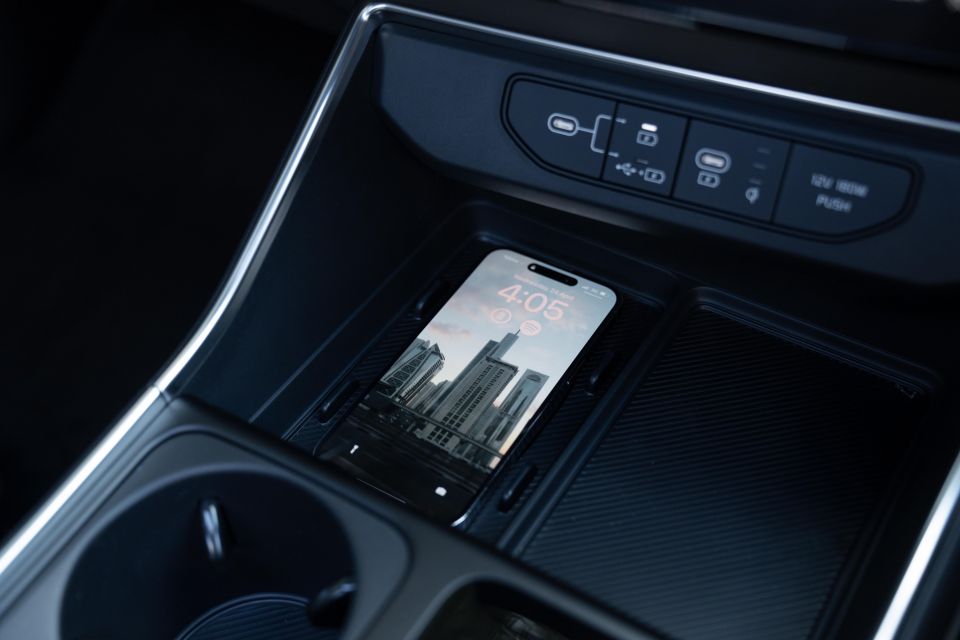
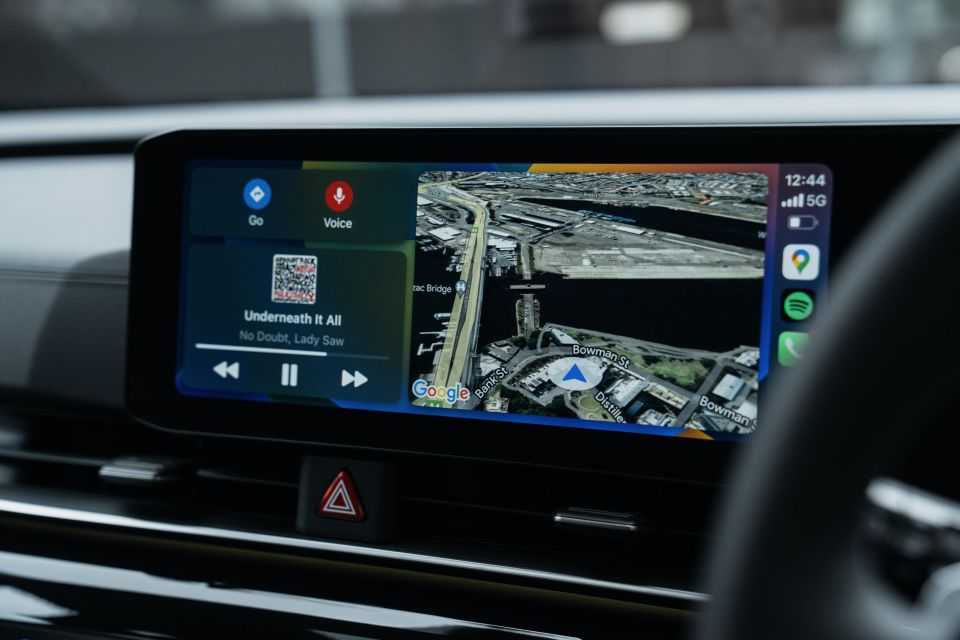
This is a super practical vehicle. It could well be the most practical non-commercial van on the market, with some terrific design features that make it more usable than eight-seat SUVs that you might also be weighing it up against.
There are big door pockets, cup holders between the seats, a stowage section for your phone (with wireless charging, plus a secondary spot next to it within proximity to the USB-C ports), and a big covered centre console area – ideal as a snack hidey-hole.
The second row is excellent in terms of space and usability. The seats are easily adjustable – you can individually slide and fold all three of them, while the middle section can be reversed or removed if required. If you flip the middle seat back down, it has a pair of cupholders for those sat in the outboard pews.
Beyond that there are bottle holsters, map pockets, and fan and climate controls with fan control and ceiling vents for both rear rows.


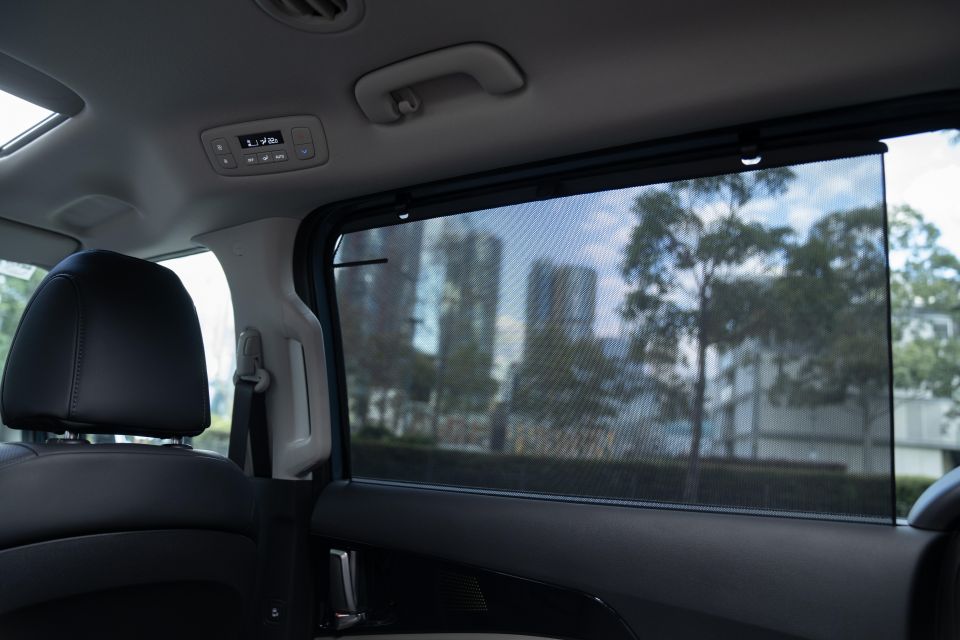
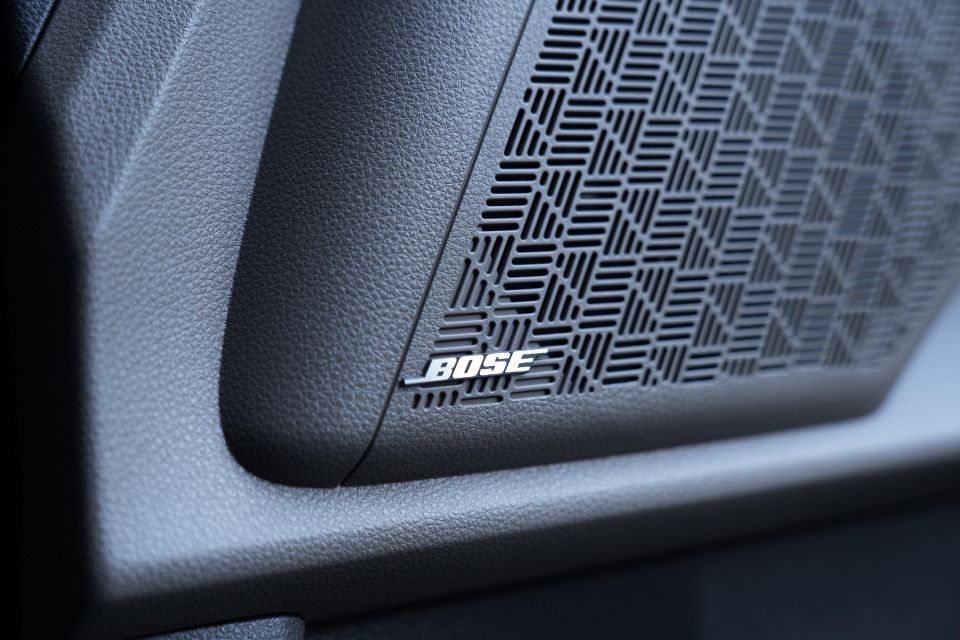
There are sunshades on the power-sliding doors, and they also have electric windows in those doors – which isn’t the norm in people-mover vans.
All three middle-row seats have ISOFIX and top-tether points. You can very easily tilt and slide the outboard seats to allow for back-row access.
I managed to easily – I cannot stress that enough – get into the back seat, which is not typical. It’s not even close to a realistic expectation in any three-row SUV in Australia. For context I’m 182cm/6’0” tall.
The third-row space is excellent, with enough room for me to sit behind someone of a similar size in front with space to spare for both of us.
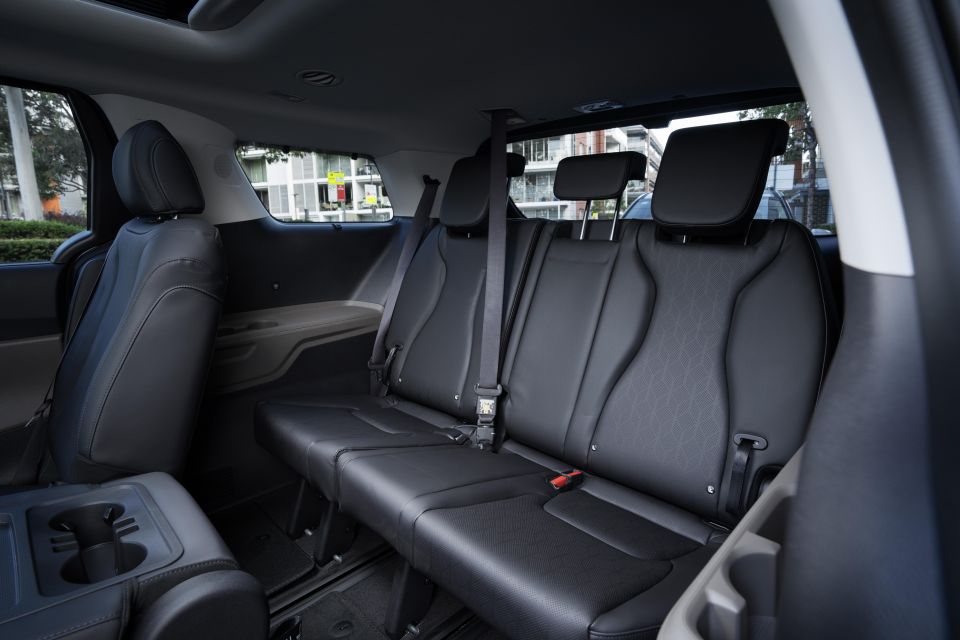
Third-row riders have four cup holders, USB-C charging points, overhead vents and sunshades on those very back side windows.
Big families will love that there are ISOFIX and top-tethers in the very back row, and there are three seats back there for a massive seating capacity of eight.
It is simply the most practical vehicle in the country for big families, but keep in mind that the rearmost top centre seatbelt still falls from the ceiling rather than being integrated into the seat back.
The Carnival’s boot is a genius solution to needing lots of seats and lots of luggage space.
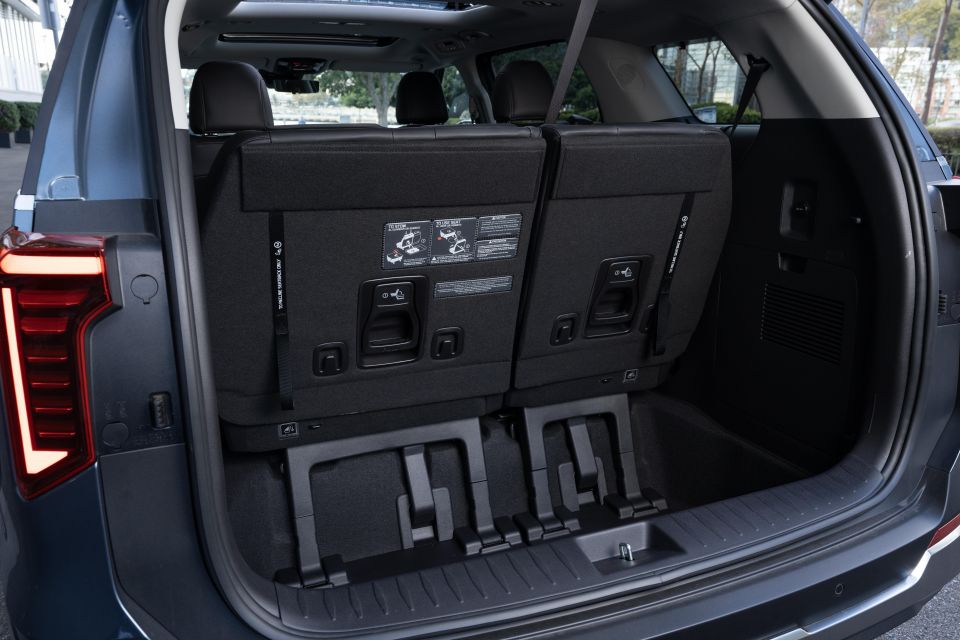
If you need to use all three rows, there’s a staggering 627 litres (VDA) of cargo capacity, which is more than plenty of large SUVs with only five seats.
The third-row seats can fold down (even using one hand) into the storage well in the boot area.
With those folded down flat there is a massive 2827 litres (VDA) of cargo room on offer. As a five-seater, it’s ridiculously usable.
There are multiple shopping bag hooks and other storage helpers in the boot. Unlike other Carnival models however, you don’t get a spare wheel – the Hybrid makes do with a tyre repair kit instead.
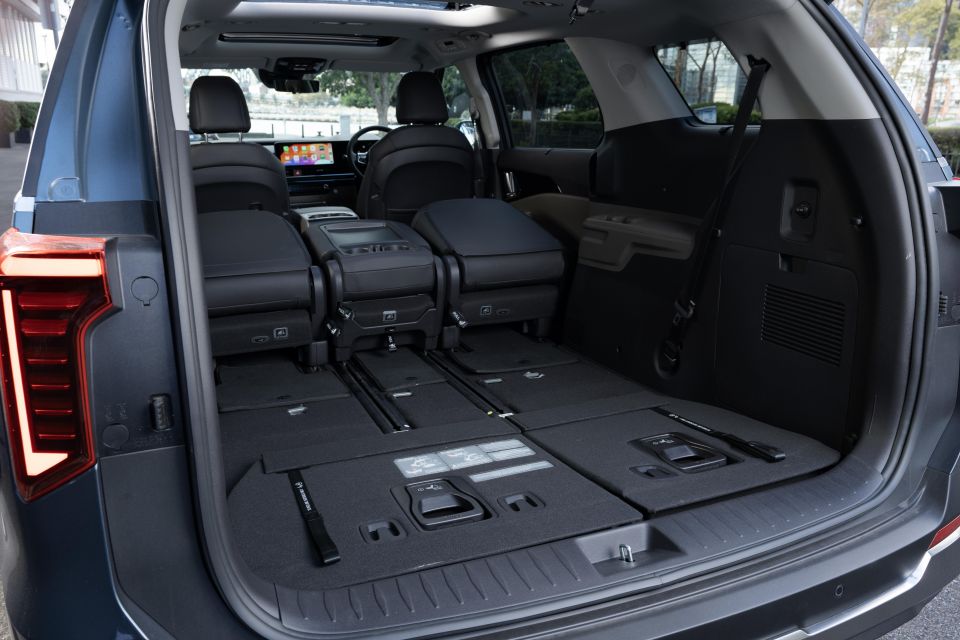
| Dimensions | Kia Carnival GT-Line HEV |
|---|---|
| Length | 5155mm |
| Width | 1995mm |
| Height | 1785mm |
| Wheelbase | 3090mm |
| Cargo capacity | 627 litres (8-seat) 2827 litres (5-seat) |
To see how the Kia Carnival lines up against the competition, check out our comparison tool.
We’re focusing just on the HEV model here, and it gets an intriguing powertrain.

The Carnival Hybrid runs a 1.6-litre turbo-petrol four-cylinder engine with 132kW and 265Nm, which is paired to a six-speed automatic gearbox and it is exclusively available in front-wheel drive.
However, the transmission integrates a 54kW/304Nm electric motor, which is a more powerful unit than in other applications of this powertrain used across the Hyundai and Kia ranges.
As such, this model has the most combined power and torque of any of the hybrids on offer in that mix, with 180kW of power and 366Nm of torque.
That’s still less power than the V6 petrol (216kW) and less torque than the diesel (440Nm), but it will eagerly shuffle between petrol, hybrid and EV modes, depending on the situation.
It uses a 1.5kWh lithium-ion battery pack which is positioned under the second-row seat on the driver’s side. In other words, it’s where the spare tyre used to be and that means you just get a tyre repair kit for this Carnival.
It still has a 72-litre fuel tank capacity, and the official combined cycle fuel use figure is 5.8 litres per 100km.
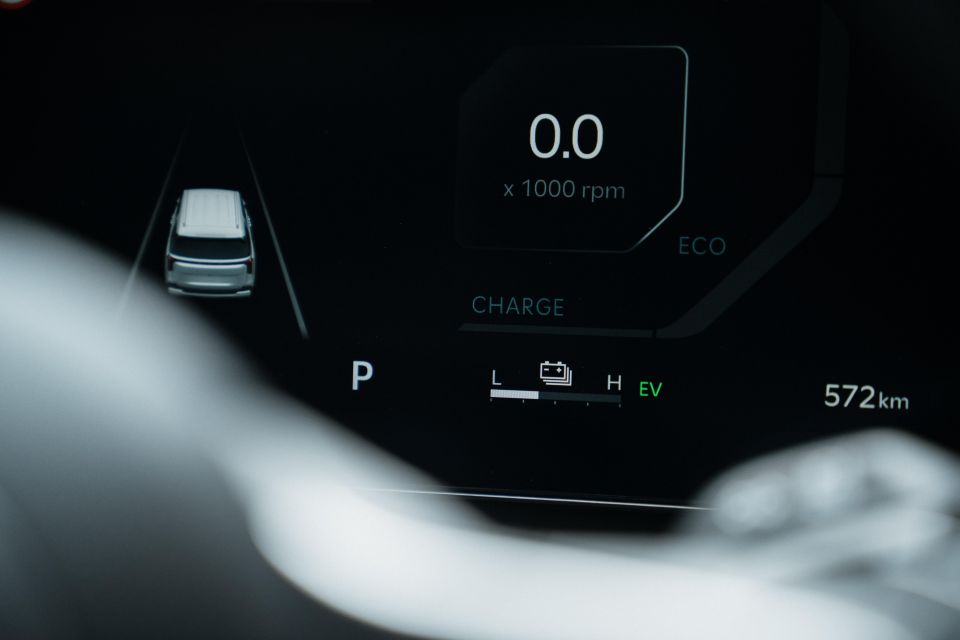
On my test, I saw a real-world return of 6.8 litres per 100km, which is only slightly better than what I saw in the diesel model (7.0L/100km) recently across similar situations, but way better than the petrol V6 (12.4L/100km as tested).
Now, going back to my maths for the tanks of juice you could get for the price premium being asked, there’s a convenience consideration there too.
Because if your V6 Carnival saw the fuel consumption I got, you’d only get 580km from a tank, whereas in the hybrid you’d see almost double that in theory – 1058km from a fill. The diesel? 1028km.
Also worth noting the towing capacity for petrol and diesel models is 750kg for an unbraked trailer, and 2000kg for a braked trailer. The hybrid on the other hand has 750kg unbraked and 1000kg braked towing capacities, but it does have a Tow Mode button to adjust the powertrain system to suit that situation.
The maximum kerb weight for the Carnival Hybrid is 2334kg, and the gross vehicle mass (GVM) is 2980kg. This means it has a permissible payload of 646kg, which is less than the V6 petrol (700kg) and diesel (725kg), and could rule it out if you have a big family of physically big people.
The hybrid is a sweet operator.
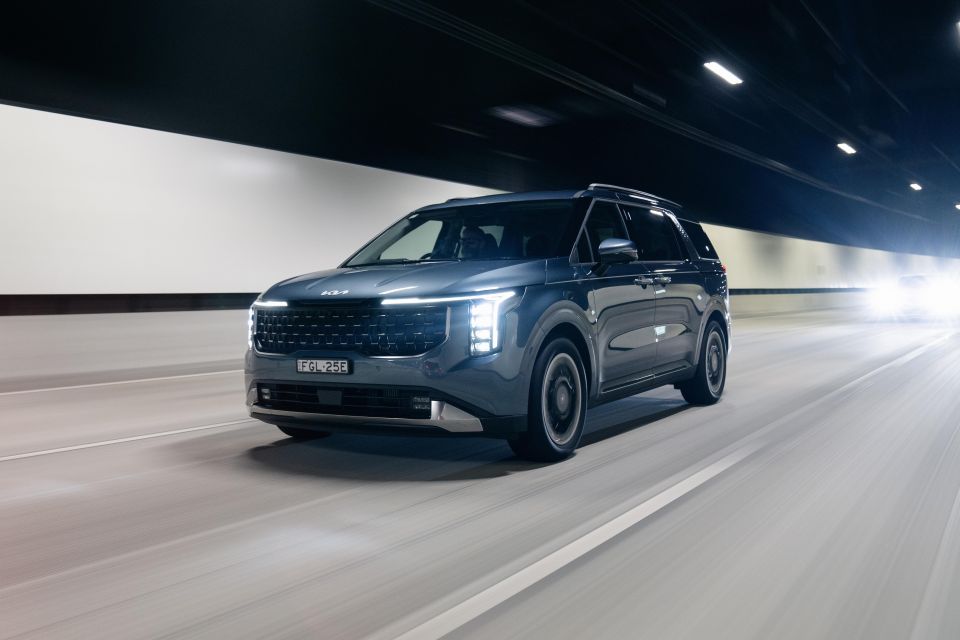
It seamlessly operates between petrol, hybrid and EV modes, and while you can hear the engine kick to life it can be a little raucous sounding in some situations. That’s mainly down to how electric progress is almost silent at lower speeds, aside from the exterior passenger warning speaker, which is louder in reverse gear.
The transmission manages the hybrid system is impressive. The electric motor is integrated into the six-speed auto and this means there’s no perceptible lag as is it swaps between EV and other modes. You will feel the gears change even when you’re driving fully electric though which is a novel sensation.
It is so amenable to daily driving with just a driver on board, or a complement of passengers. Admittedly I couldn’t rally seven grown-ups for a test, though as mentioned, it could push the car over its payload limit if you try.
With a few people occupying the seats I found it was never underdone in terms of pulling power, and while the engine doesn’t mind a rev, the torque of the electric motor makes it feel smooth and unstressed under load.
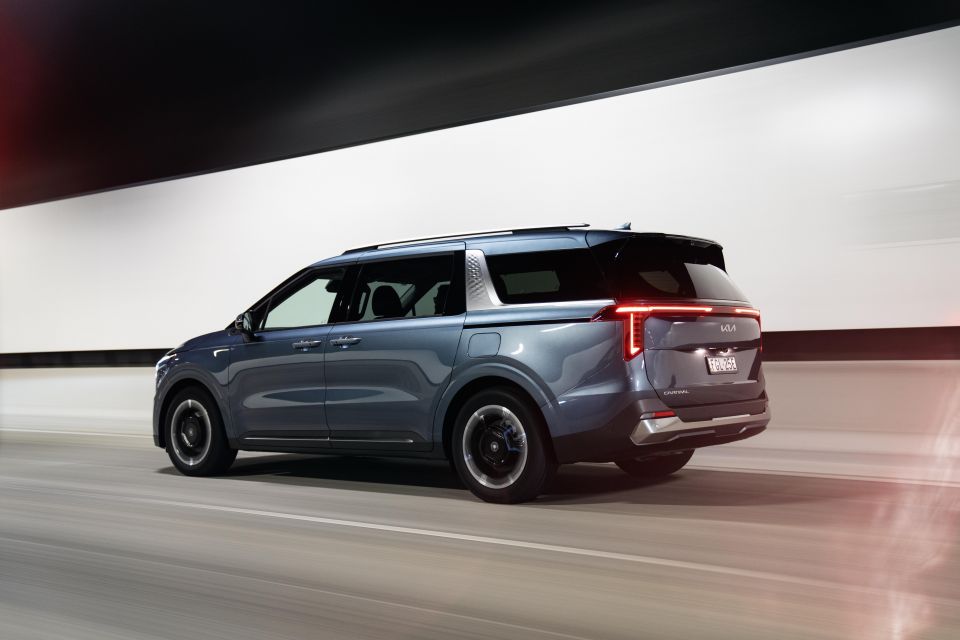
There are Eco, Sport and Smart drive modes, and while I spent the majority of my time in Eco I never once thought “I’ll just put it in Sport to see what it’s capable of”. When I tried Sport mode however it felt zestier and called upon the petrol engine more often to ensure rapid acceleration.
Really the Carnival isn’t sporty, and this top-spec model is the heaviest of the lot. It feels its size on the road but it is 5.1-metres long and 2.3 tonnes.
It settles into EV driving at highway pace. I noticed it on flat sections of freeway at 110km/h and that makes for a hushed experience provided the surface below isn’t a coarse-chip finish. You can still get a bit of road noise in the cabin in that instance.
The ride and handling tune for the updated Carnival saw steering and shock absorber changes compared to the pre-update range. The targets include “improved ride comfort and impact isolation”, “improved primary body control”, as well as a “confident flat ride and supported on-road feel.”
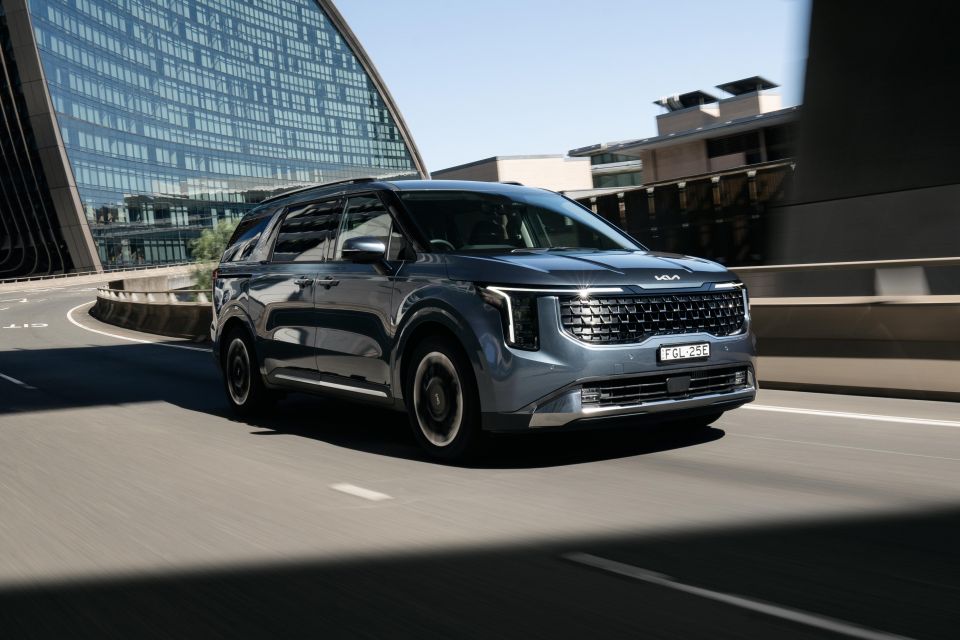
The Aussie arm has nailed the brief with a comfortable and composed nature in urban driving, though its can’t hide heft and feels like there’s a bit more momentum to arrest over bumps. The steering is competent and trustworthy with a delightfully effortless parking weighting too.
For those worried about being able to see around this big rig, there is a surround-view camera with an augmented reality display to place your vehicle in its surroundings.
Being the top-spec model it also gets a Blind-Spot View Monitor system which uses cameras on either side of the car to help you see what might be in your blind spot. The camera feed is displayed on the digital instrument cluster when you turn on the respective indicator.
Furthermore, when you have a cabin full of smiling (or screaming) faces, the rear-view mirror can be flicked to a digital display. It’s better than plenty of rivals in terms of the positioning of the camera.

Where expert car reviews meet expert car buying – CarExpert gives you trusted advice, personalised service and real savings on your next new car.
The biggest annoyance about the Carnival’s drive experience is the inane, repetitive and hateful speed sign warning chimes. They can be helpful if you don’t know the limit where you’re driving, but are frustrating when you’re just confined to your suburb.
You can switch it off – there’s a way to set up a favourite button on the steering wheel so it’s a few less screen touches away – but I truly hope for any Carnival buyer that Kia can follow Hyundai’s lead in making an even-shorter-shortcut sequence. In the new Tucson, you just hold the mute button down for five seconds and it disables audible warnings.
On test here is the new flagship Carnival GT-Line HEV.
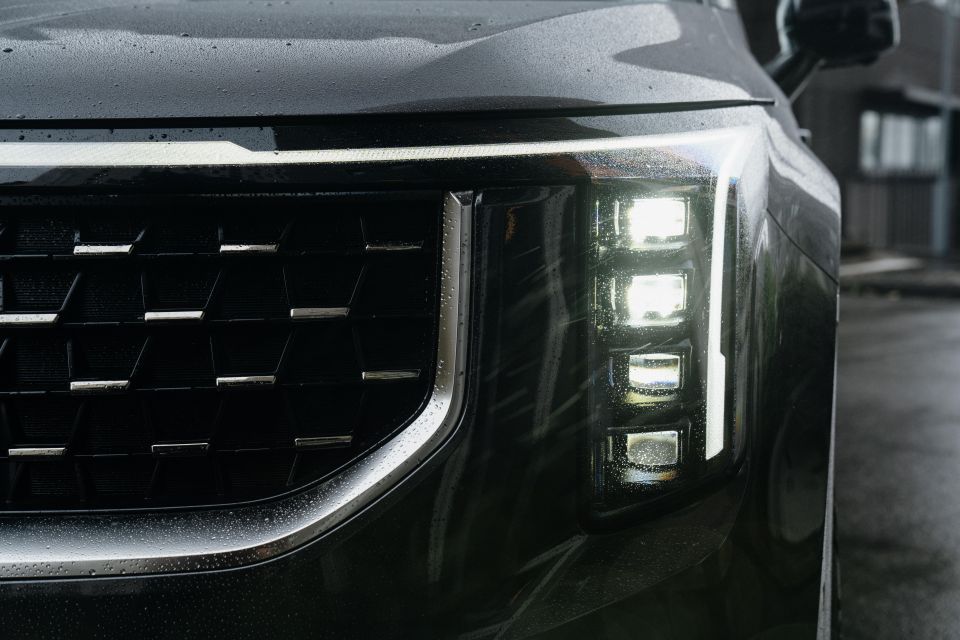

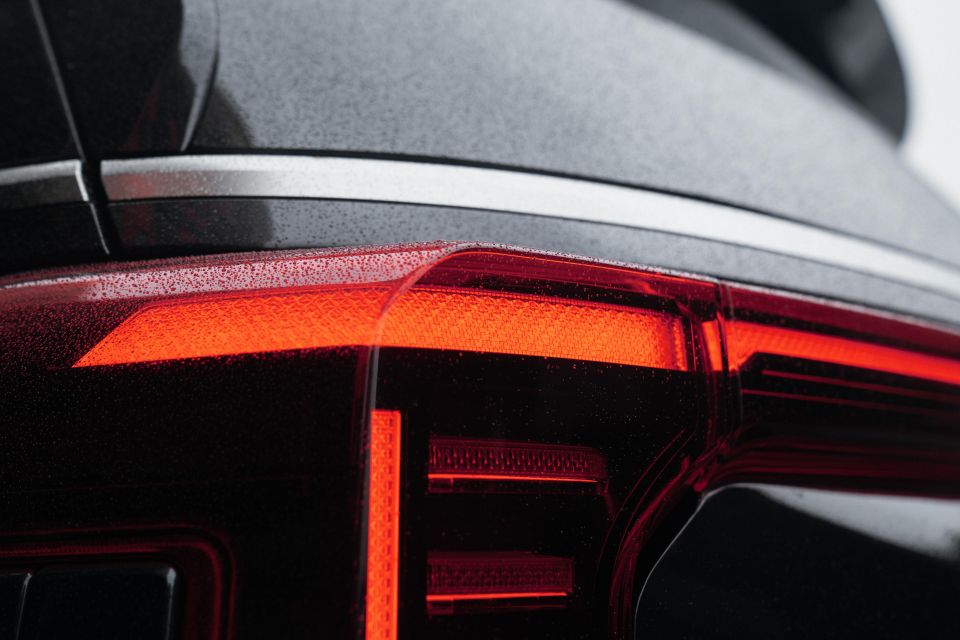

Kia Carnival S standard equipment:
Kia Carnival Sport adds:
Kia Carnival Sport+ adds:
Kia Carnival GT-Line Lite adds:
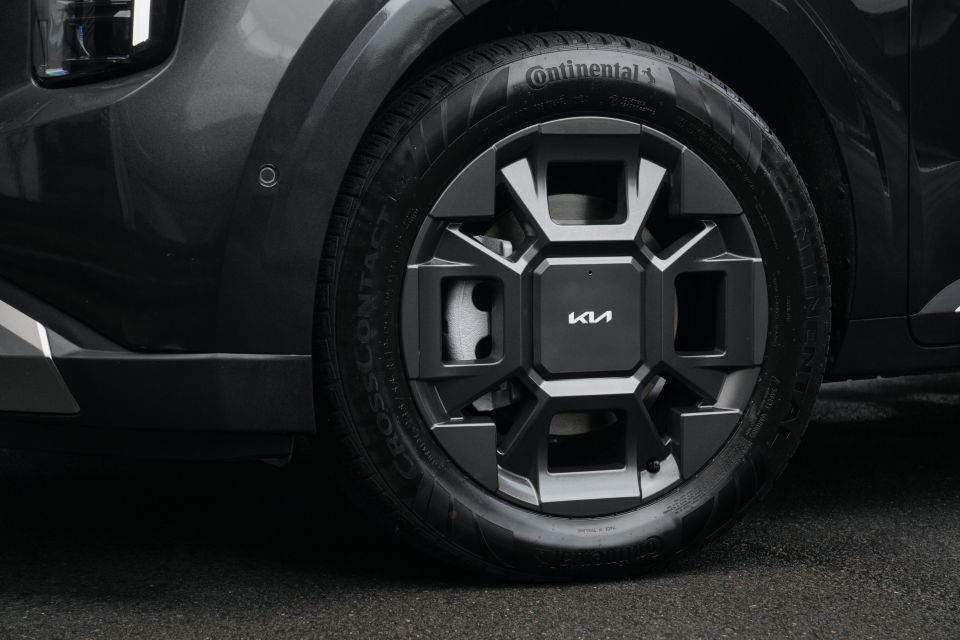

Kia Carnival GT-Line adds:
Petrol and diesel versions of the Kia Carnival have a five-star ANCAP safety rating based on testing conducted in 2021, though the hybrid hasn’t been assessed and is unrated.
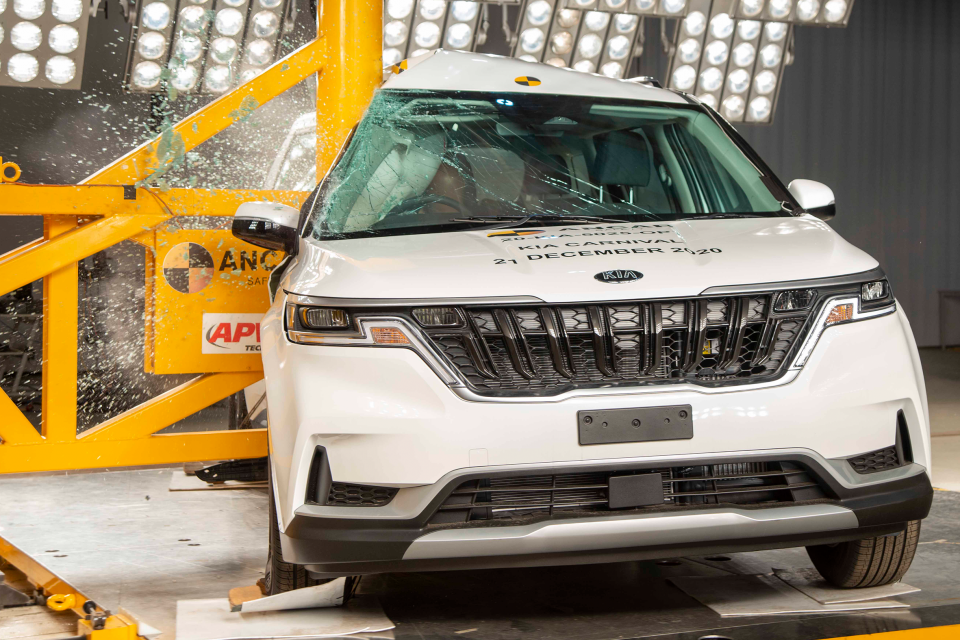
Kia Australia has confirmed it is consulting ANCAP on the adjustments that have been made with the Carnival Hybrid, and it anticipates the brand will be able to continue on with its existing five-star ANCAP rating.
Given it currently doesn’t have an ANCAP safety rating that may rule this model out for some fleet operators and families. If you don’t have a requirement for a five-star score however, this big family bus seemingly ticks the boxes for the tech and spec you’d expect.
Kia has added safety tech across the Carnival range for this update. One of the most notable is a new speed sign recognition system that will warn drivers if they are entering a new signposted speed zone, and/or if they are travelling above what the car thinks is the signposted limit for that area. It can often get it wrong though.
That system defaults on each time you restart the car. It can be handy if you’re driving in an area where you’re not sure of the speed limits, but if you live somewhere that has multiple changes to its limit the binging and bonging can be very, very frustrating.
Furthermore, a new front centre airbag standard in all grades, and there are front parking sensors fitted to every single variant. The cheaper grades still don’t get a surround-view camera however.
| Category | Kia Carnival |
|---|---|
| Adult occupant protection | 34.54 out of 38 (90 per cent) |
| Child occupant protection | 43.52 out of 49 (88 per cent) |
| Vulnerable road user protection | 36.91 out of 54 (68 per cent) |
| Safety assist | 13.23 out of 16 (82 per cent) |
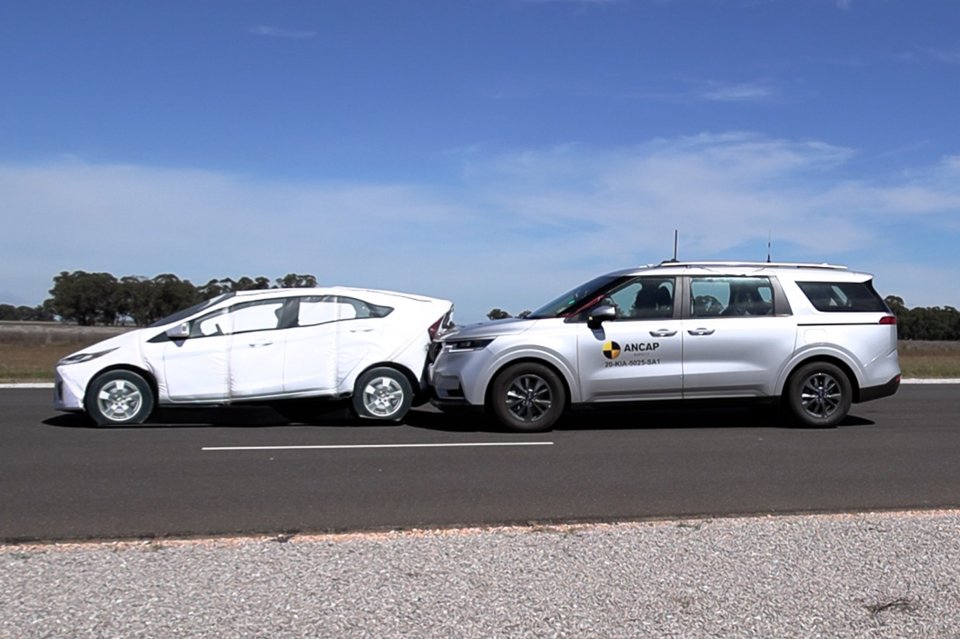
Standard safety features include:
Sport adds:
Sport+ adds:
There is no denying the higher Carnival grades get the best that Kia can offer.
All Carnival models come with that new front centre airbag, as well as dual-front, driver’s knee, front-side, and full-length curtain airbag coverage. This means full protection for those in the back-row outboard seats.
Kia has built a strong brand around its seven-year, unlimited kilometre warranty program. It remains one of the strongest reasons to consider a Kia today.
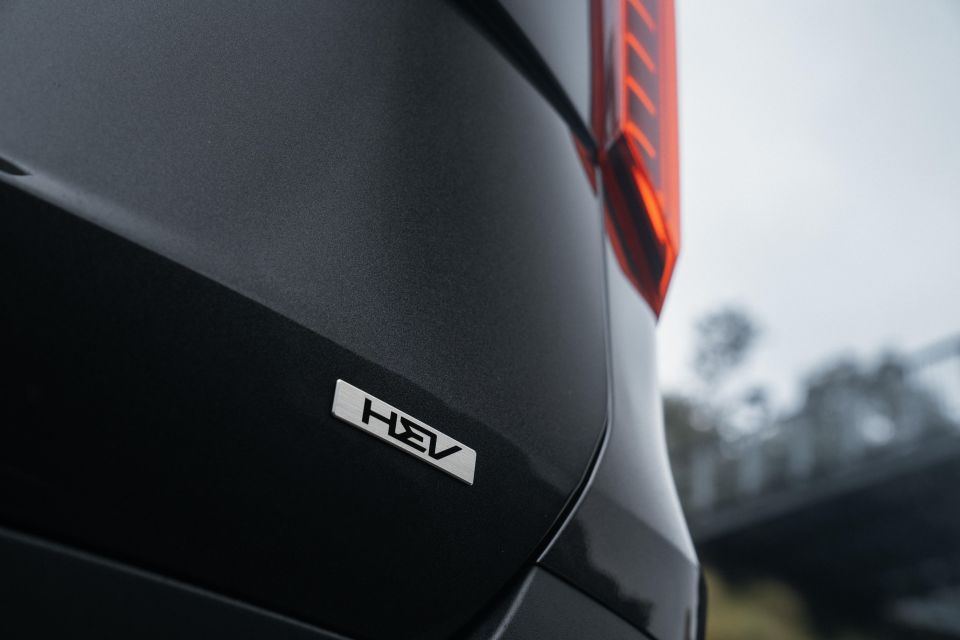
But you really need to pay attention to the servicing costs and considerations because the hybrid model has shorter service intervals of 12 months/10,000km, meaning added inconvenience for owners and added costs.
Per service, over the seven-year/70,000km period, the average cost is $656 per visit. So if you do a lot of distance you could be paying in excess of $1000 annually just to keep the car running as it should.
It counters against the fuel use savings you might enjoy as part of this powertrain because it is more needy in terms of maintenance – the petrol V6 and turbo-diesel models have 12 month/15,000km intervals, and both are cheaper.
There’s seven years of roadside assistance included if you purchase a Carnival.
Buy your new car without the stress. It's fast, simple and completely free.

Great service from Travis and team, second time I have used this business would not hesitate to recommend them to anyone
Craig C.
Purchased a Ford Ranger in Sunshine Coast, QLD
CarExpert helped Craig save $7,224 on his Ford Ranger, now let us save you on your next new car.
Get your BEST priceI get the appeal of the petrol-electric Carnival Hybrid.
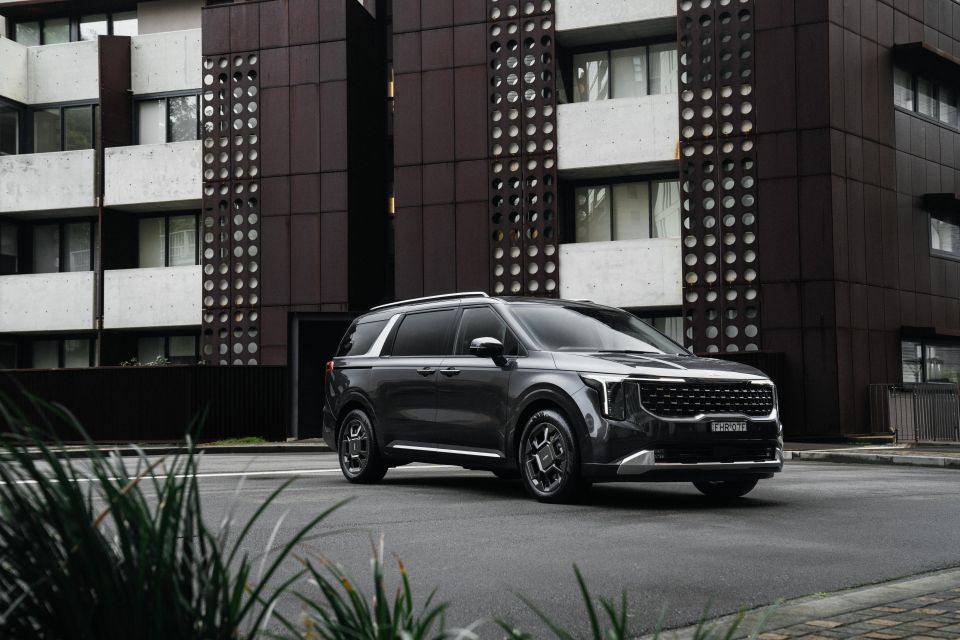
If you’re the sort of person who just hates that grimy feeling of the diesel filler pump, and you can justify the huge price premium this model asks, then I reckon you’ll be pretty happy with it.
There are plenty of things that count against the Carnival Hybrid however. The steep asking price is one given the hybrid powertrain is only offered in the most expensive GT-Line grade.
Its maintenance regularity and costs also works against it, and with the real-world fuel use improvement being negligible against the diesel it doesn’t solidify the value argument.
I’m sure Kia Australia will sell every one they can get their hands on, but I’m not convinced it’s the best Carnival choice you could make despite it being a very impressive addition to the range.
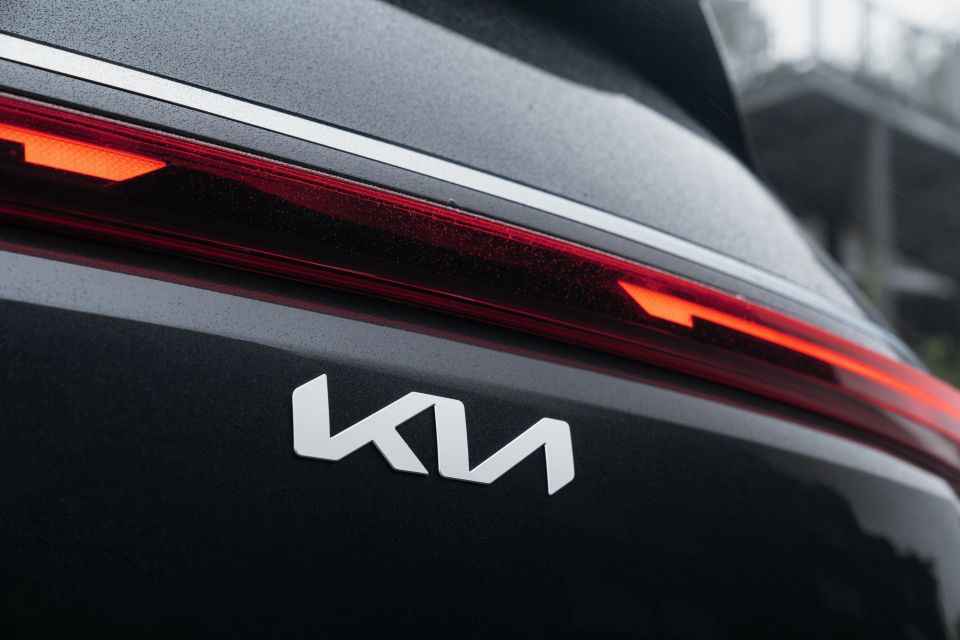
Click the images for the full gallery
MORE: Buy a Kia Carnival MORE: Everything Kia Carnival
Where expert car reviews meet expert car buying – CarExpert gives you trusted advice, personalised service and real savings on your next new car.
Matt has more than a decade of experience in automotive journalism, and loves exploring the pros and cons of new cars, delving into deep-dive industry stories, and going for a drive just for the fun of it.


William Stopford
5 Hours Ago
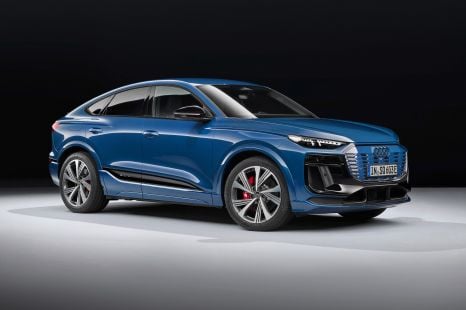

William Stopford
5 Hours Ago
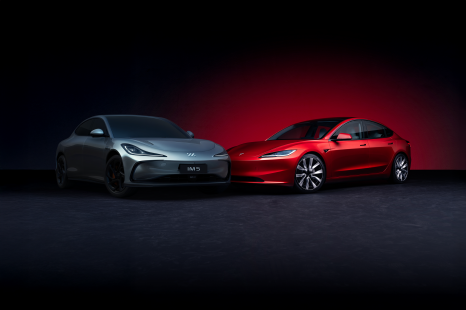

Andrew Maclean
6 Hours Ago


Derek Fung
6 Hours Ago
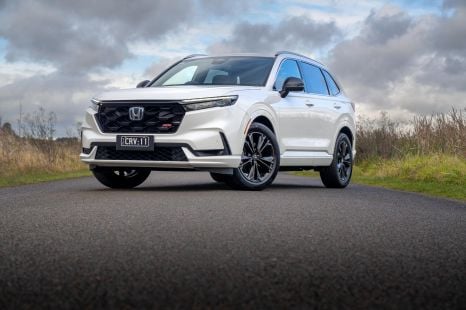

Andrew Maclean
6 Hours Ago
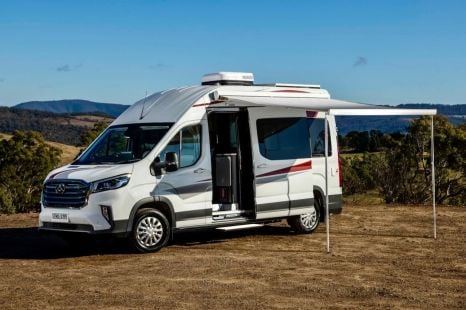

Ben Zachariah
1 Day Ago